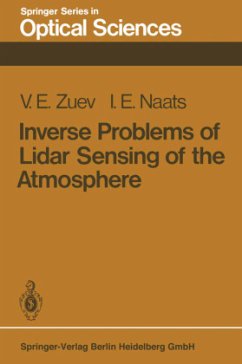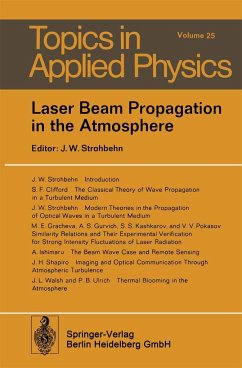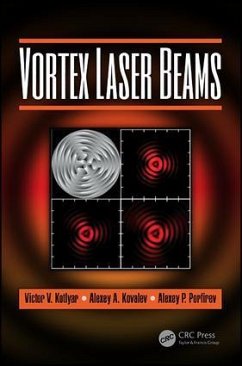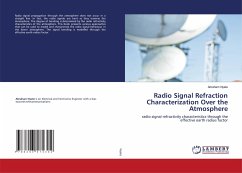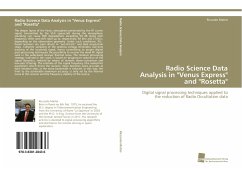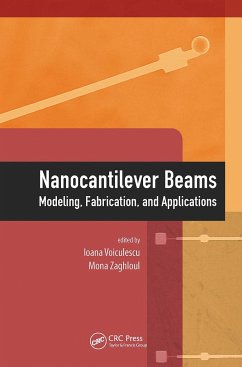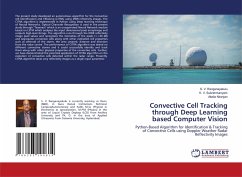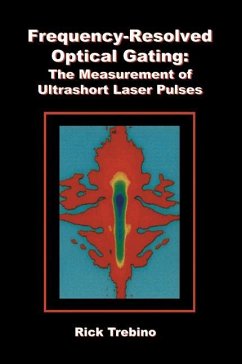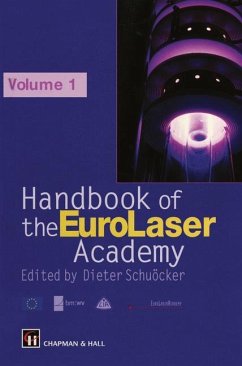
Laser Beams in the Atmosphere
Versandkostenfrei!
Versandfertig in 1-2 Wochen
77,99 €
inkl. MwSt.

PAYBACK Punkte
39 °P sammeln!
Although scarcely 20 years have passed since the creation of the first laser, laser engineering has enjoyed a variety of applications in science and in practice. Among these applications, a special pI ace is held by those related to the propagation of laser radiation in the atmosphere. Some, such as laser communication and information-transmission systems, locating and teleme tering systems, and mapping and navigation systems, require access to quantitative data on the effects of the atmosphere on the parameters of the laser beam serving as the carrier of useful information, since the efficacy...
Although scarcely 20 years have passed since the creation of the first laser, laser engineering has enjoyed a variety of applications in science and in practice. Among these applications, a special pI ace is held by those related to the propagation of laser radiation in the atmosphere. Some, such as laser communication and information-transmission systems, locating and teleme tering systems, and mapping and navigation systems, require access to quantitative data on the effects of the atmosphere on the parameters of the laser beam serving as the carrier of useful information, since the efficacy of any such system depends significantly on the influence of the atmosphere. Another set of laser applications associated with the propagation of coherent radiation in the atmosphere requires the solution of both direct and inverse problems related to this complex subject. The kind of applica tion in question is the use of lasers for long-range monitoring of various physical parameters of the atmosphere-a new and highly promising direc tion in science and engineering.





